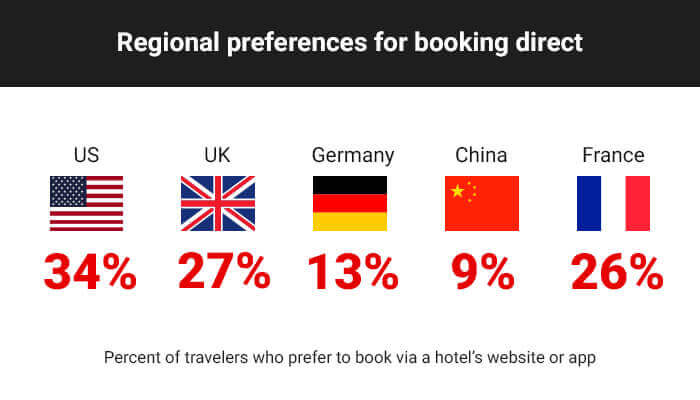
The distribution strategy that led your hotel or chain to revenue growth last year won’t necessarily continue to be successful in the months ahead. And the strategy that led you to big wins in one part of the world may not translate well around the globe, even for the same brand and similar traveler demographics.
This is because many variables affect guests’ shopping and booking choices, including regional and cultural differences. While new technologies open up more opportunities for travel shopping, travelers’ willingness to embrace those channels varies by region as well as by demographic. At the same time, changes in economic and political environments also impact hotel guests’ travel needs and choices. These variables are constantly in flux.
These observations are among the key findings of our white paper produced in partnership with Phocuswright, Channel Optimization in Hospitality. In today’s ever-evolving marketplace, it’s better to see a hotel’s distribution strategy as part of a moving, changing playing field than as a stationary goal or target.
GUEST BEHAVIOR VARIES BY LOCATION
Different regional preferences show clearly in a Phocuswright survey of travelers: In the United States, 34 percent of travelers used a hotel website or app to book during their last leisure trip, while 27 percent of British travelers did so; in Germany, that number was 13 percent; and only 9 percent of Chinese travelers chose to book via hotel sites or apps, versus 26 percent of French travelers who booked via hotel websites or apps.

Meanwhile, 22 percent of Brazilian travelers booked their last leisure stay by calling the hotel, compared to 21 percent in the US, 17 percent in Germany, and only 12 percent in the UK. And while 39 percent of Chinese travelers booked their last trip on OTA websites or apps, only 20 percent of French travelers did so.



